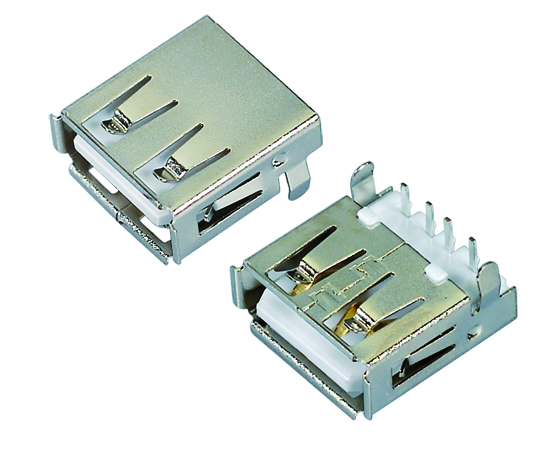DVI-I and DVI-D are two common digital video interface standards that play an important role in connecting a monitor to a computer. Although they look similar, there are actually some key differences. This article will introduce the difference between DVI-I and DVI-D to help readers understand them better. First of all, DVI-I stands for Digital Visual Interface Integrated, while DVI-D stands for Digital Visual Interface Digital. This means that the DVI-I interface can transmit both digital and analog signals, while the DVI-D interface can only transmit digital signals. Therefore, the DVI-I interface can be connected to a display that supports analog signals, and can also be connected to a display that only supports digital signals. The DVI-D interface can only be connected to monitors that support digital signals.

Second, the DVI-I interface has an extra four pins on the connector for carrying analog signals. These extra pins allow the DVI-I interface to be compatible with devices that support analog signals. The DVI-D interface does not have these extra pins, so it can only transmit digital signals. This is why the DVI-I interface is more common than the DVI-D interface. In addition, the DVI-I interface usually has two forms of dual link and single link. Dual Link DVI-I connectors have more pins to support higher resolutions and refresh rates. The single-link DVI-I interface has only half the pins, so it may be limited when transmitting high-resolution and high-refresh-rate images. DVI-D interfaces are usually only available in dual link form to support higher image quality. Finally, DVI-I and DVI-D interfaces also have some differences in appearance. There are four additional pins on the DVI-I connector, forming a "+" shaped structure. The connector of the DVI-D interface does not have these additional pins, and the shape is simpler. This difference in appearance can help users distinguish between the two interface types.
To sum up, DVI-I and DVI-D are two common digital video interface standards, and they have some differences in the function and appearance of the connector. The DVI-I interface can transmit digital signals and analog signals, while the DVI-D interface can only transmit digital signals. DVI-I connectors have extra pins for carrying analog signals, while DVI-D connectors do not have these extra pins. In addition, the DVI-I interface usually has two forms of dual link and single link, while the DVI-D interface usually only has the form of dual link. These differences make the DVI-I interface more versatile, while the DVI-D interface is more suitable for connecting displays that only support digital signals.
Tags:


扫一扫微信公众号

扫一扫个人微信